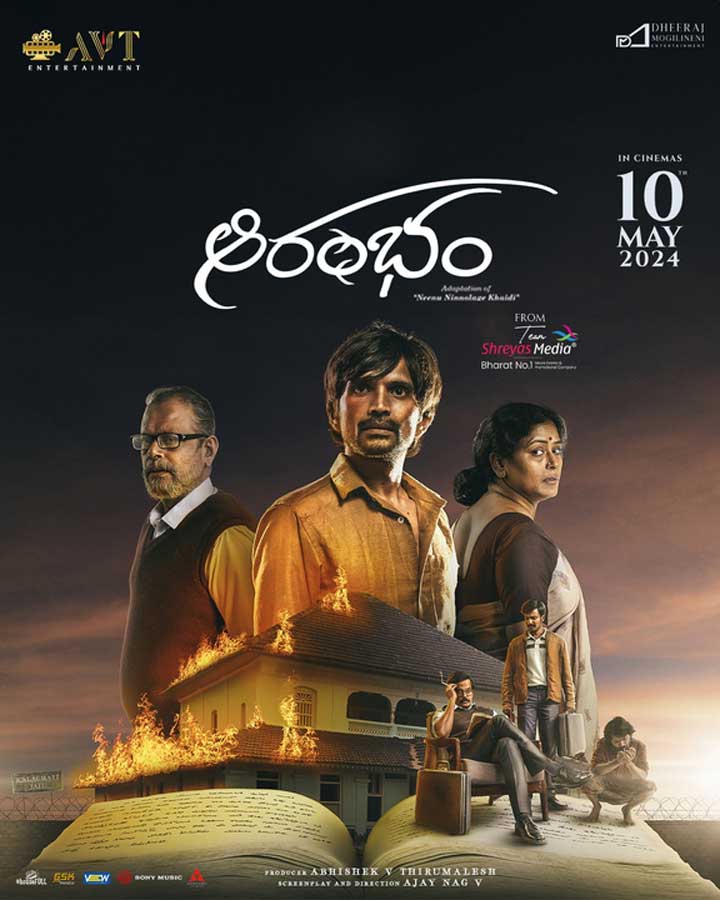Is the rise of piracy websites like Movierulz a threat to the entertainment industry? The proliferation of unauthorized platforms offering free access to movies has become a significant concern for filmmakers and distributors. These websites, operating outside legal frameworks, undermine the efforts of creators and jeopardize the future of cinema. A bold statement must be made: Piracy is not just a harmless act of downloading but a direct attack on artistic expression and economic sustainability.
The Telugu film industry, known for its vibrant storytelling and cultural richness, faces mounting challenges due to piracy. Among the notable releases in 2025, Court stands out as a thought-provoking drama that delves into the complexities of justice and morality. However, even before its official release, pirated versions began circulating on platforms such as Movierulz. This alarming trend raises questions about how filmmakers can protect their work while ensuring audiences have legitimate access to high-quality content. While streaming services like Netflix offer legal alternatives, many users still opt for unauthorized sources, driven by convenience and cost considerations.
| Bio Data | Details |
|---|---|
| Name | Ram Nithin |
| Date of Birth | January 15, 1990 |
| Place of Birth | Hyderabad, India |
| Career | Actor, Producer |
| Notable Works | Mad Square, Court |
| Awards | Best Actor (State Awards) |
| Professional Website | ramnithinofficial.com |
Piracy websites like Movierulz claim to provide an easy way for viewers to access movies without paying hefty subscription fees or waiting for regional releases. However, these platforms often operate illegally, hosting copyrighted material without permission from rights holders. For instance, the movie Mad Square, starring Ram Nithin and Sangeeth Shobhan, was one of the earliest victims of piracy after its theatrical release in early 2025. Despite strict measures taken by production houses, leaked copies quickly surfaced online, leading to substantial financial losses.
Streaming giants like Netflix recognize the importance of combating piracy effectively. By partnering with local talents and investing in original content, they aim to create compelling narratives that attract global audiences. One example is the Squid Game Experience launched in Sydney, which combined immersive activations with strategic marketing campaigns. Such initiatives demonstrate how legitimate platforms can engage fans while respecting intellectual property laws. Moreover, collaborations between tech companies and creative professionals highlight the potential for innovation within the entertainment sector.
In contrast, Movierulz continues to thrive despite repeated takedown requests from authorities worldwide. Its ability to adapt swiftly—shifting domains frequently and employing advanced encryption techniques—makes it difficult for law enforcement agencies to curb its activities permanently. As a result, millions of users across India and beyond rely on this platform for accessing Bollywood, Hollywood, and regional language films at no cost. Yet, what many fail to realize is the hidden price tag attached to using such services: compromised cybersecurity, exposure to malware, and ethical dilemmas surrounding fair compensation for artists.
Meanwhile, educational campaigns play a crucial role in raising awareness about the dangers associated with piracy. Under Section 107 of the Copyright Act of 1976, certain uses of copyrighted material may qualify as fair use under specific circumstances. Examples include criticism, commentary, news reporting, teaching, scholarship, or research purposes. Nevertheless, distributing entire films without authorization does not fall under this category. Therefore, individuals who share or download pirated content risk facing legal consequences, including fines and imprisonment.
For aspiring filmmakers, understanding copyright protection mechanisms becomes essential in safeguarding their creations. Platforms like YouTube emphasize adherence to community guidelines when uploading videos related to movies or TV shows. Similarly, producers must adopt robust digital rights management strategies to prevent unauthorized sharing of their work. Additionally, fostering partnerships with reputable distributors ensures broader reach while maintaining control over distribution channels.
As technology evolves, so too must approaches toward addressing piracy issues. Blockchain-based solutions, AI-driven monitoring systems, and collaborative efforts among stakeholders present promising avenues for tackling this persistent problem. Furthermore, encouraging consumers to support legitimate streaming services helps sustain the ecosystem supporting talented actors, directors, writers, and technicians involved in filmmaking processes.
In conclusion, the battle against piracy requires collective action from all parties invested in preserving the integrity of cinematic art forms. Whether through innovative business models, enhanced security measures, or increased public education, every step forward contributes toward building a healthier, more equitable environment where creativity flourishes freely yet responsibly. Ultimately, choosing legal options benefits everyone—from creators striving to tell meaningful stories to audiences seeking authentic experiences worth cherishing.



